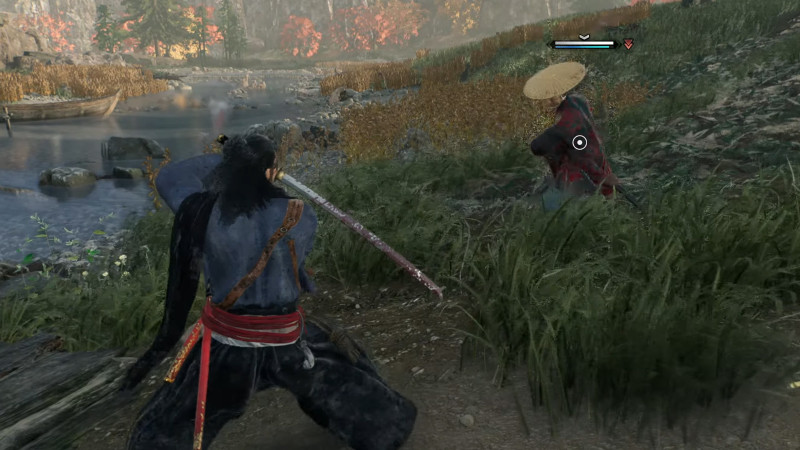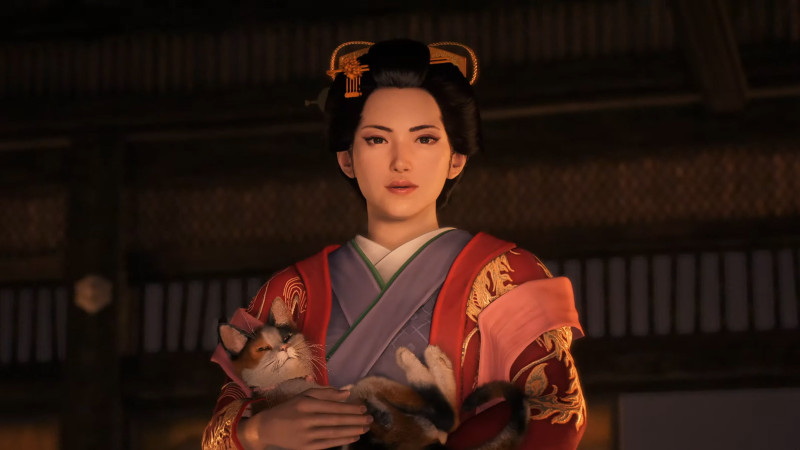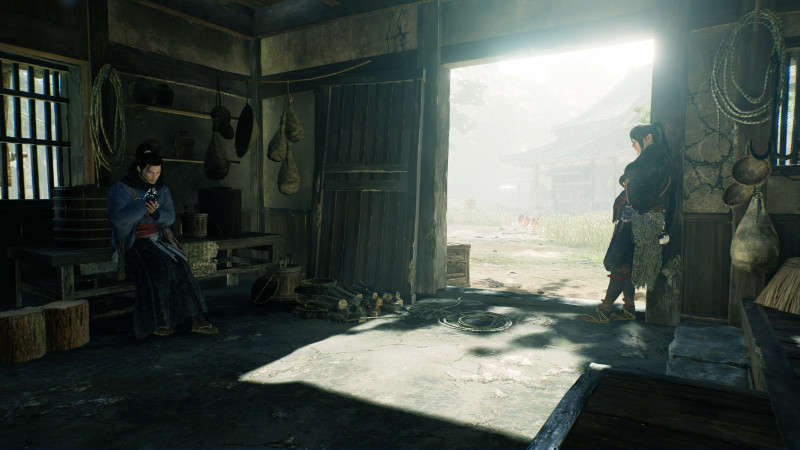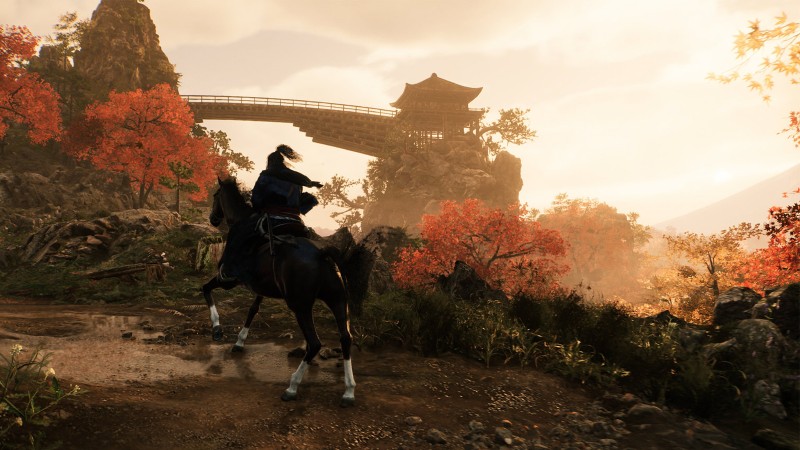With Rise of the Rōnin’s release, Team Ninja has added another strong action title into its vaunted portfolio. The samurai epic, which tells a fictional story within a historical Japanese period of revolution, is one of the studio’s most ambitious titles from both game design and story perspectives. We got the opportunity to sit down with producer Yosuke Hayashi and director Fumihiko Yasuda to probe into how Rise of the Rōnin got made.
One aspect of the game that sets it apart from other Team Ninja titles is the monsters or demonic enemies that pervade its other games are nowhere to be seen in Rise of the Rōnin. Being set against a historical backdrop, Rōnin is limited just to human enemies of various fighting styles.
“This game is based in historical 19th century Japan,” Yasuda explains, “partly because we wanted to emphasize the bond system and the bonds that the player forms with historical figures that appear in the game. And for that reason, there are no supernatural elements. We also wanted to emphasize the dynamic between two samurai dueling each other by looking at their opponent, assessing what weapons and combat style the opponent is using, and adjust accordingly.”
The bonds system Yasuda mentioned has the main character gain affinity with a number of real-life historical figures, like Ryoma Sakamoto, a hero of Japan’s Bakamatsu era in the late 1800s. Hayashi explains why that era was a good fit for their latest game thematically, as well.
“The Bakumatsu period marked the end of the age of the samurai and the beginning of Japan’s modernization. Because of this, there were many ideals and value systems that were converging on at this moment in history. As our title focused on forming bonds with characters and making choices, we felt that this dynamic provided by this historical period was a good fit for the concept of the game.”

The name Ryoma Sakamoto is likely familiar to those with knowledge of Japanese history, but also maybe to those who played 2023’s Like a Dragon: Ishin from Sega. That game also starred Ryoma Sakamoto during the same era, creating some unintentional crossover story between Team Ninja and RGG Studio’s games.
“Yeah, so the timing…there was quite a bit of overlap,” Hayashi says, laughing. “But you know, we saw that – but at the same time, we weren’t really surprised that Japanese developers would be releasing or remastering a game set in the same period as [Rise of the Rōnin]. It’s a very popular period in Japanese history.”
As Team Ninja’s first real open-world game, Rise of the Rōnin had quite a bit to prove for the developer. Hayashi and Yasuda indicated that the ambition was worth any trade-off, as they saw making an open-world game as a challenge the studio had to eventually rise to meet as a natural step. Doing all this while retaining the core of the action gameplay from its linear titles was an important obstacle for Team Ninja to surmount.

Another challenge, Yasuda said, was making sure the cat animations in the game were accurate.
“I’m also a fan of cats. I own a cat myself and there are other members within our team that own cats and we’ve spoken with other media who have enjoyed that aspect of the game. And, of course, we were very particular about the movements that you know about cats in the animations. I wouldn’t say it was too difficult, but maybe we got a little too obsessed with it,” he admitted.
In a previous generation, Team Ninja found itself struggling with how to create action games for Japanese and Western audiences. While it is fairly recent, the TV show Shogun ended up exemplifying an answer for them.

“Yeah, we are watching it,” both Hayashi and Yasuda said, with Hayashi continuing. “It’s really that the show has a lot of visuals that are very Japanese that reflects how a lot of the production involved in it was Japanese. I think there is some cultural crossover there just like I feel there was some crossover with our titles.”
And if you’re curious about what movies the pair recommend watching for your samurai fix?
“Yojimbo,” they both nodded, referring to the Akira Kurosawa classic about a Rōnin samurai being courted by two rival clans. “Rise of the Rōnin is really similar to it, actually.”

